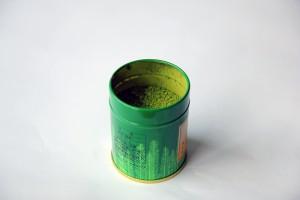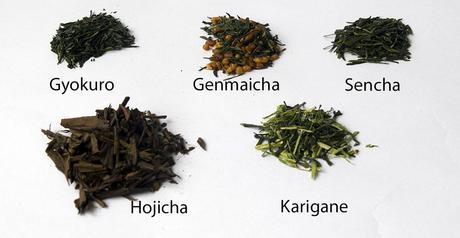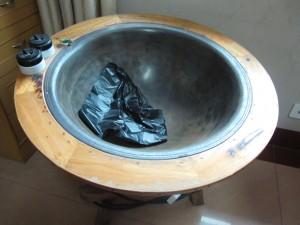Japanese green tea has been growing in global popularity largely due to 2 main reasons, the population studies out of Japan drawing the link between longevity and green tea consumption and the spread of Japanese cuisine and by association, the teas consumed during meals.
At the same time, Chinese green tea has also benefited from the health related researches as well as the boon of tea related tourism such as Hangzhou (Longjing) and Huangshan.
What are the similarities and differences of Japanese and Chinese green teas?
Before we get there let us take a look at some main types of Japanese teas
Types of Japanese Green Tea
Matcha (抹茶)

Today matcha is a staple of Japanese tea ceremonies as well as commonly available in Sushi bars.
Sencha (煎茶)
Sencha is the most common type of green tea in Japan. Like matcha, it originated from China during the Tang Dynasty, using steam to destroy the enzymes that causes oxidation, in a process known as in Chinese as ‘shaqing’.
Sencha is the base for many different types of Japanese green teas including Gyokuro and Genmaicha. Sencha is also produced in China for export primarily to Japan.

Gyokuro (玉露)
Gyokuro or Jade Dew is considered the one of highest grade of Japanese tea. Approximately 2 weeks before harvest, an artificial shade (usually a tent) is constructed over it to slow its growth and allow more amino acid to accumulate which adds to its sweetness.
This is to mimic the natural shade from cliffs or trees in mountainous areas such as Wuyishan as well as the natural mist of areas such as Huangshan.
The production method of Gyokuro is similar to that of Enshi Yulu (恩施玉露), one of Hubei’s famous historic teas.
Genmaicha (玄米茶)
Genmaicha is essentially roasted brown rice mixed with sencha. It was said to originate when the poor peasants could scarcely afford the price of the teas they love and mixed some rice in it to get more out of their tea.
In later years, it was beloved for its toasty rice aroma accentuated the fragrance of the sencha and now is a favorite of tea lovers from different strata of society.
Hojicha (焙じ茶)
Hojicha is green tea- usually sencha or bancha (a lower grade of sencha) – roasted until it turns brown. Roasting in done over charcoal and is different from the wok-roasting of Chinese green teas which retains a green/yellowish appearance.
Karigane
Karigane is a form of Kukicha (or stem tea) which as its name suggest is made entirely of stems. Karigane is generally higher grade than Kukicha with Gyokuro stems used instead of sencha. Despite its unassuming looks, karigane has gained some measure of following for its sweet taste and ability to be infused more times.
Comparison between Japanese and Chinese Green Teas
Production
The production of green tea in both countries follows this process:
i) Plucking
ii) ‘Shaqing’ (Heating)
iii) Rolling/Shaping
iv) Drying
Japanese green teas are primarily produced by steaming- using steam to destroy the enzymes in the leaves and steam to reduce moisture further after the leaves are rolled and shaped.

At the ‘shaqing’ stage, Chinese green teas can be steamed or wok-roasted. For most mass-production teas, they are steamed- sometimes using Japanese technology even- while some may be machine wok-roasted. But many top grade teas such as the Xihu Longjings are heated on a wok by hand.
At the drying stage, the 4 main methods are:
i) Steaming
ii) Wok-roasted
iii) Baking
iv) Sun-drying
Steaming is not that popular in China ever since the 17th century when the second and third methods were popularized because the grassiness tends to be more pronounced in steamed green tea. Nevertheless there are some high quality Chinese green teas that are steamed such as Emei Maofeng and the aforementioned Enshi Yulu.
Wok-roasted and baked teas are by far the 2 most popular production methods in China with higher grade productions continued to be done manually. The skill and the mastery of the producers ensure premium quality productions that are beloved by connoisseurs.
Sun-dried teas are less common in finished tea but are primarily used for the ‘maocha’ used in dark teas such as Pu-er, Hunan dark tea among others.
